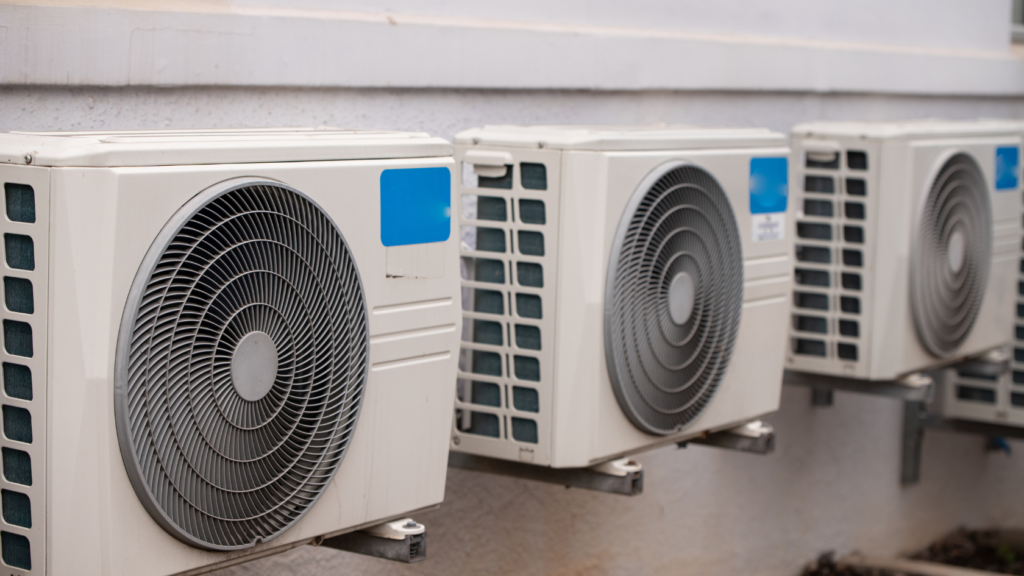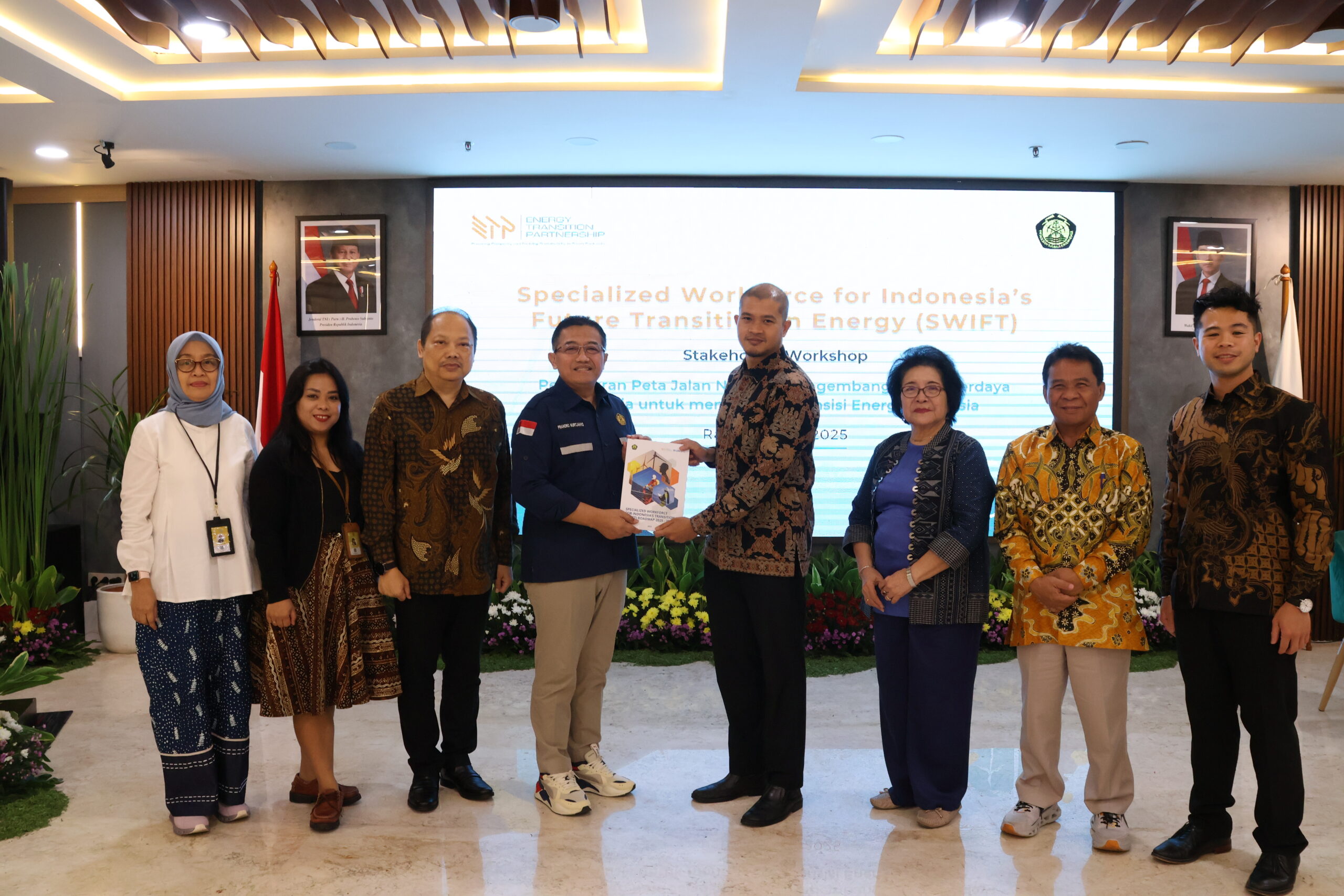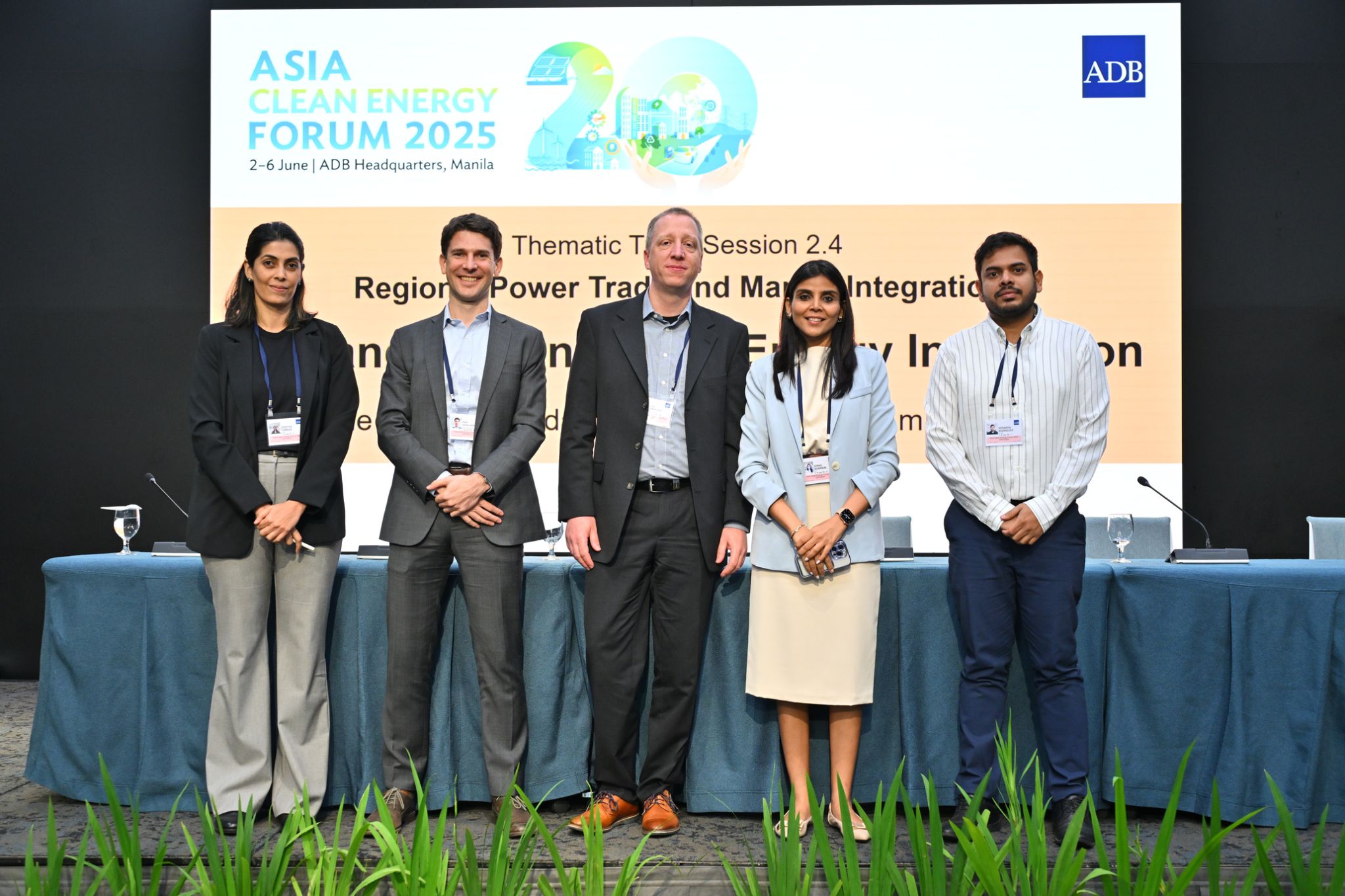The Southeast Asia Energy Transition Partnership’s Support towards Vietnam’s Cooling Sector
Vietnam’s economy is growing rapidly. As cities develop and prosperity increases, the country is also experiencing an increase in heat levels. Vietnam reported record-breaking temperatures during the most recent heatwave which traveled across the Southeast and South Asian regions. These high temperatures have seen a growing demand for a cool escape from the tropical heat with a majority of consumers resorting to air conditioning and refrigeration.

However, this rise in cooling demand and use leads to higher energy consumption and increased greenhouse gas (GHG) emissions, posing a significant challenge.
How does the use of cooling equipment impact the climate?
Cooling technologies, while essential for thermal comfort and food preservation, present a significant challenge. Many existing cooling systems rely on refrigerants with high global warming potential (GWP) such as hydrochlorofluorocarbons (HCFCs) and hydrofluorocarbons (HFCs). These refrigerants are potent GHGs, with a warming effect on the atmosphere thousands of times greater than carbon dioxide (CO?) while HCFCs are ozone depleting substances that contribute to stratospheric ozone depletion.. Leaks from these systems, even in small quantities, can have a substantial negative impact.Cooling equipment often consumes a significant amount of energy. This energy demand is frequently met by power plants that rely on the combustion of fossil fuels, further contributing to GHG emissions and global warming. As a result, cooling technologies create a double burden on the climate, directly through high GWP refrigerant emissions and indirectly through energy consumption.
Recognizing this challenge, the government of Vietnam is taking a bold step forward to develop a National Green Cooling Program (NGCP), supported by the Southeast Asia Energy Transition Partnership (ETP) in collaboration with the Department of Climate Change (DCC), Ministry of Natural Resources and Environment (MONRE). This plan is a crucial chapter in Vietnam’s story of sustainable development aligning with Vietnam’s Nationally Determined Contribution (NDC) climate change mitigation targets by 2030, and the country’s goal to achieve net-zero by 2050 as well as other international commitments to mitigate climate change.


The existing data paints a vivid picture. Between 2018 and 2022, the cooling sector in Vietnam witnessed a steady rise of 2.3% annually. The residential and commercial air conditioning sub-sector alone saw a surge of 7.6% during this period. By 2022, the total number of air conditioners in the country had surpassed 20 million, and this number is projected to skyrocket to 75 million by 2050.
The environmental cost of this situation is significant. In 2022, Vietnam’s cooling sector emitted a staggering 64.68 million metric tonnes of carbon dioxide equivalent (MTCO2e). Residential and commercial air conditioners are responsible for over a third of these emissions.
This is where the NGCP comes in. The Program, developed with the expertise of a consortium led by the Vietnamese Energy and Environment Consultancy (VNECC) aims to curb emissions and promote energy efficiency within the cooling sector.
To achieve widespread adoption of climate-friendly cooling solutions, a four-pronged approach is recommended:
- Strengthen and enforce Minimum Energy Performance Standards (MEPS) aligned with national commitments under the NDC and the Kigali Amendment. This ensures that only high-efficiency cooling equipment is produced and used, significantly reducing energy consumption and greenhouse gas emissions.
- Leverage a combination of domestic and international financing sources to improve cooling equipment production and use while minimizing foreign debt. This could involve public-private partnerships, grants, and access to concessional loans.
- Build the capacity of key stakeholders, including technicians, installers, and policymakers, to ensure proper handling, operation, and maintenance of high-efficiency, low-GHG refrigerant cooling equipment. Training programs and certification can establish best practices and promote long-term equipment performance.
- Raise public awareness about climate-friendly cooling equipment options and their benefits. Educational campaigns can empower consumers to make informed choices and encourage businesses to invest in sustainable cooling solutions.
Launched in February 2023, it’s a year-long initiative showcasing Vietnam’s dedication to working with partners like the UN Office of Project Services (UNOPS) to achieve a sustainable future.
ETP’s support contributed technical inputs to two draft Prime Ministerial Decisions aimed at environmental sustainability. These decisions, expected to be issued in April 2024, address crucial aspects of greenhouse gas mitigation and green finance.
- The first decision pertains to the promulgation of a National Plan for phasing out Ozone Depleting Substances and controlled Greenhouse Gases (GHGs). This plan will outline a strategic approach to reducing our reliance on harmful pollutants, aligning with national commitments.
- The second decision focuses on establishing regulations for environmental criteria associated with green credit and green bond issuance projects. This will ensure the legitimacy and environmental benefits of projects receiving green financing, promoting sustainable investments.
The journey towards enabling a ‘greener’, more environmentally viable cooling sector for Vietnam is only just beginning. Setting the NGCP in place provides a narrative of progress that acknowledges the delicate balance between economic development and environmental well-being. It’s a story where a nation embraces the cool comfort of progress while charting a course towards a sustainable future.




